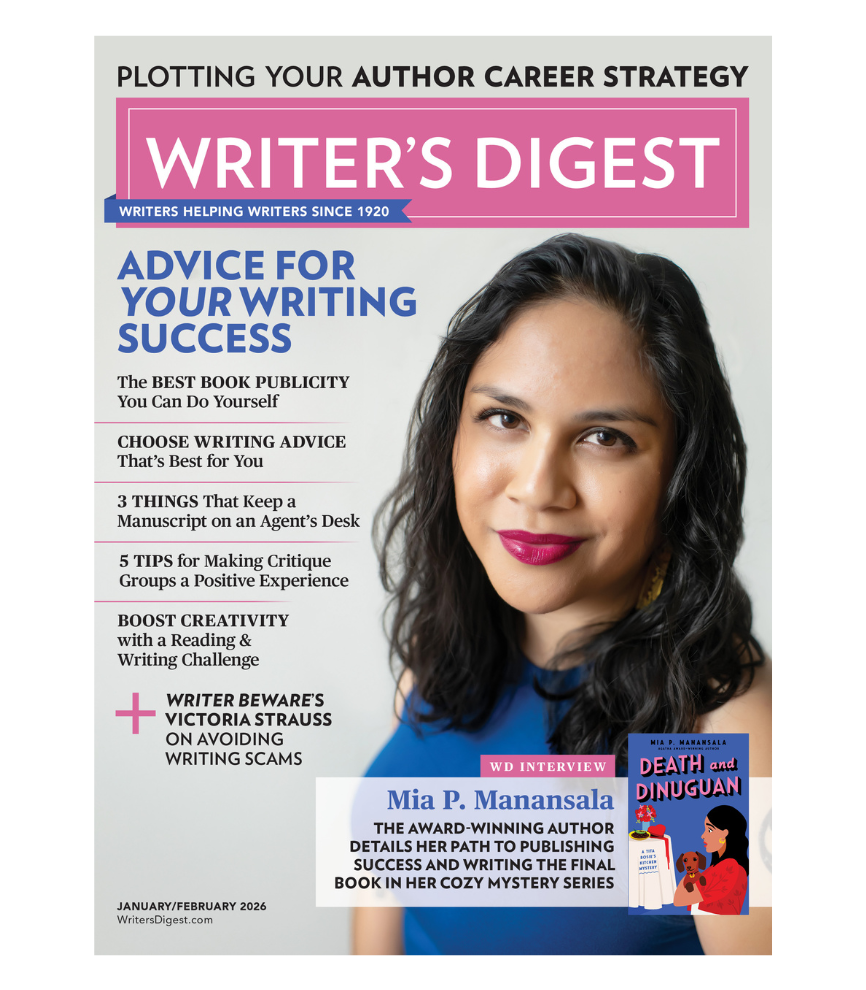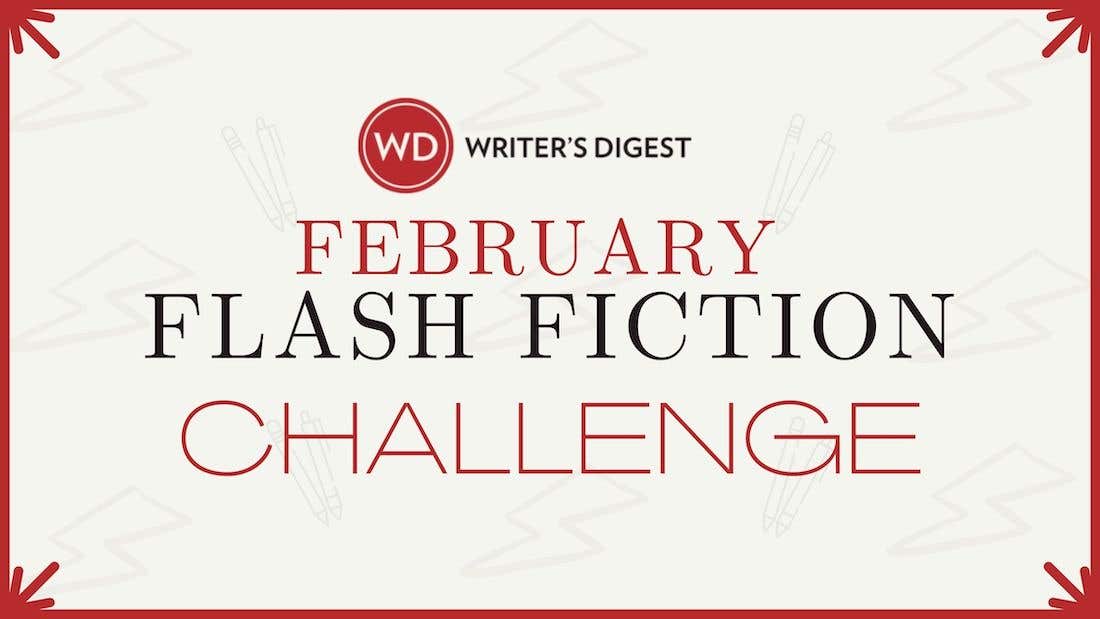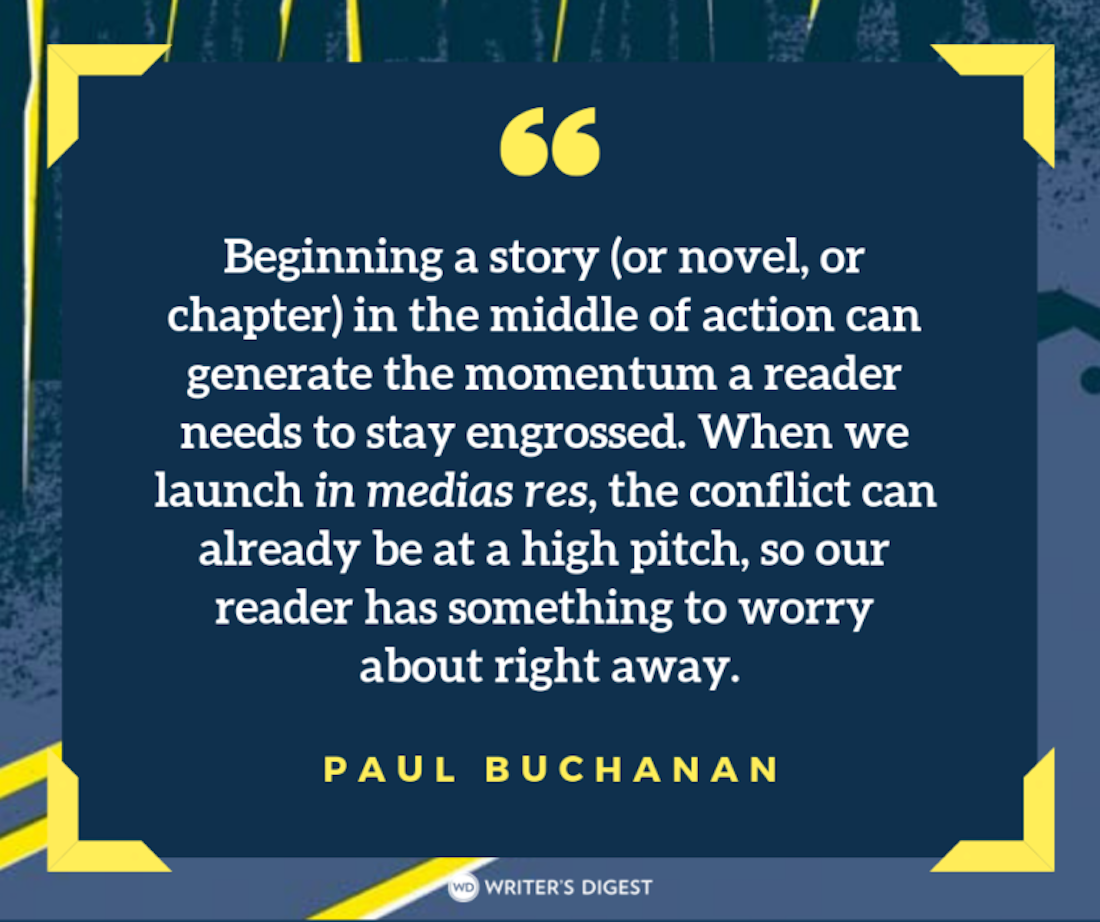Put Punch On The Page
Learn how to turn a personal story, joke or unique anecdote into a page-turning success. Author Steven James guides you through six easy steps guaranteed to keep your story powerful.
Maybe it's a personal story. Or a joke you made up. Or a family anecdote. Maybe you created a tall tale that leaves people in stitches. Or a touching story that leaves them in tears. Whatever type of story it is, people love to hear you tell it.
So you start thinking, "Hmm ... that IS a good story. I'm sure I could get it published, make a ton of money and move to Cancun!"
You slip behind the computer and a few minutes later ... voila!
But something's wrong. The story just isn't the same on paper. No punch. No power. No pizazz. It's limp and lifeless. Definitely not a ticket to Cancun.
Why? What happened?
Your story wasn't written to be read. It was written to be told.
Aha.
Writing and speaking are two totally different communication mediums.
Gestures, facial expressions, pitch, rate of delivery, volume, sound effects and audience response are all lost when you go from speaking to writing. You can't just transcribe a well-told story to make it work on paper. You need to translate it into another language. The language of print. That's the bad news.
But the good news is you can adapt your story to be just as touching, funny or heartwarming by following a few simple steps.
1. Record your ideas
I first heard the term from one of the students in my memoir writing class when I encouraged everyone to begin by writing down whatever scrap- or seed- or germ-idea they had. One gentleman interrupted me. "I call that braindumping," he said. "I dump out all my ideas, then they're easier to sort through."
Hmm. Braindumping. I like that.
Not brainstorming—you're not actually trying to generate new ideas. Braindumping—you're just recording and organizing the ideas you already have.
Go ahead, and get your story down on paper. Write it as you'd tell it. Don't dabble too much or try to fill in all the gaps. Think of this as a transcription, a record of what you would say if you were talking. Don't be tempted to think of this as your first draft. And don't fall in love with it. All you're doing is assembling all the pieces before attempting to solve the puzzle.
Now, look it over. Try to pretend you've never heard this story before. Ask yourself what's missing. Most of the information you communicate through your posture, body movement, hand gestures and voice inflection didn't make it to the page.
Those missing ingredients will create gaps for the reader that will distract from the impact of the story. Part of your job is to fill in those gaps. But hold on. You need to build your house before you paint it. Structure comes first.
2. Restructure your story
One of the first "told" stories I sold was a true personal story about leading a wilderness trip for teen delinquents. On the 21st day, I had to disarm a violent 16-year-old who had picked up a copperhead snake.
The story was packed with action, adventure and humor. But the editors offered to use it only if they could rewrite the beginning. Why? I'd spent the first two pages describing the students and giving background information on the program's therapeutic goals. Borrrring.
I needed to start with the snake.
When we tell stories to each other, we include lots of explanatory asides. Often, we preface the story with a whole boatload of background information. You might get away with that in person because you already have the audience's attention. But when you write, start with the snake.
Some writers call this the "hook." I call it the "gaff." You don't just want to hook your readers; you want to pull them into the boat. So grab their attention by moving that background information a few paragraphs down in your piece. Restructure your story to start with action, move to background and then build to the climax.
Hit the ground running with energy, emotion, suspense or a hint of something intriguing to come. Give the readers an aroma of the main course, but don't let them taste it. Yet.
3. Reshape your story
Listen to a call-in radio show, and try to guess which callers wrote out their questions before calling in. You can usually tell. Their sentences are longer, more detailed and more complex. They use more adjectives and adverbs. They sound canned and rehearsed rather than spontaneous. Believe me, you can tell.
If someone's speech is filled with flowery, eloquent phrases and descriptions, you can tell the storyteller is trying to impress someone or is reciting a speech. People just don't talk that way. It's too cumbersome and unnatural.
Oral language is immediate and more informal than written language. It's spontaneous and organic, growing out of the dynamic encounter between two responsive communicators. When we communicate verbally, we don't craft sentences, we express our thoughts in sentence fragments, grunts, gestures and nods.
So, as you translate your story into print, use sentence structure to your advantage. Within the dialogue of your story, keep the sentences short and snappy. Allow the characters to interrupt each other, get cut off and respond naturally to what the other person says. Don't have them take turns giving each other 5-minute soliloquies. Think about places where you speed up when you're talking. In those places, keep your sentences shorter.
But in the descriptive and narrative sections of your story, create sentences with the detail, complexity and length that work best in print. Use precise language, and listen for musicality and rhythm. Don't allow your familiarity with the story to cause you to abandon literary form and style. You may wish to read your sentences aloud to see how the words flow together, but remember to write to be read. Don't just write to be heard.
4. Reveal your emotions
Think through the emotion or idea you wish to express, and show the reader through action and reaction what is happening. You've heard it before: "Show, don't tell." Your goal is to show in print what you would naturally be sharing through inflection or nonverbal communication. Things like uneasiness: "He lowered his eyes and fumbled with the keys." Or anger: "She stormed into her room and slammed the door."
Ask yourself what you do at this point in the story when you tell it. Where are you looking? How are you standing? What emotions are you feeling? What do you do or say that gets the best reaction from your audience? How do you flip from character to character or dialogue to narration? Is your body language communicating the same idea as your voice? Show the reader. Impose your posture and movement onto the characters. Reveal the personality of characters through their word choice, dialogue and reactions.
Try to create the same feel and mood in the written piece. Not by using the same words, but by aiming for the same reaction. Do this gently. Massage your feelings into the story; don't pour them in. Tell the story aloud to yourself again. Listen for the moments that matter to you and move the audience. Those are the ones you need to bring to the page by working primarily from your heart, not the text of your told story.
5. Reduce the confusion
When you talk, you naturally differentiate story characters by your posture, inflection and expressions. When writing out dialogue, make it clear who is speaking by sparingly using speaker tags (he said, she replied, etc.).
Iron out those transitions. You'll probably have to add new dialogue to create clearer time and place transitions in your written story. Fill in the gaps by adding details and descriptions to make up for all the information that's lost in the transfer from voice and body to page.
Describe things in-depth. But don't describe them to death. Adjectives and adverbs are like seasoning that you sprinkle into a story to make it juicier, richer and more succulent. But remember, you want people to taste the steak, not be overpowered by the seasoning. So, use them sparingly and specifically to create images—especially those that appeal to the senses. Nouns and verbs are still the main course. If you add too much flavoring, the reader won't want to finish the meal.
6. Remember: Audience
Every story told is a conversation. Listeners aren't just hearing words; they're watching the storyteller. And even if the listener doesn't reply verbally, he or she will respond with body language, facial expressions and eye contact. So, even if you tell the same story over and over, you don't tell it exactly the same way because the audience is always different.
Not so with written stories. You have no way of reshaping the story as each reader responds to it. Since you can't observe the reaction of each reader and craft the story accordingly, you need to create a version of the story that's appropriate for all prospective audiences. So, clarify everything, and assume nothing. Tell the reader everything he or she must know and nothing more. Let someone else read your story. Ask her to look for gaps, unanswered questions and unclear transitions.
Finally, read the story carefully to see if it speaks to you as powerfully as it did as an oral piece. And then (you had to know this was coming) rewrite, rewrite, rewrite.
Who knows? Maybe you'll get to Cancun after all.
Steven James has an M.A. in storytelling and has published more than 300 stories and articles.
Steven James is the critically acclaimed author of thirteen novels. He serves as a contributing editor to Writer’s Digest magazine, hosts the biweekly podcast The Story Blender, and has a master’s degree in storytelling. Publishers Weekly calls him “[a] master storyteller at the peak of his game.” Steven’s groundbreaking book Story Trumps Structure: How to Write Unforgettable Fiction by Breaking the Rules won a Storytelling World award as one of the best resources for storytellers in 2015. When he’s not working on his next novel, Steven teaches Novel Writing Intensive retreats across the country with New York Times Bestselling author Robert Dugoni.









